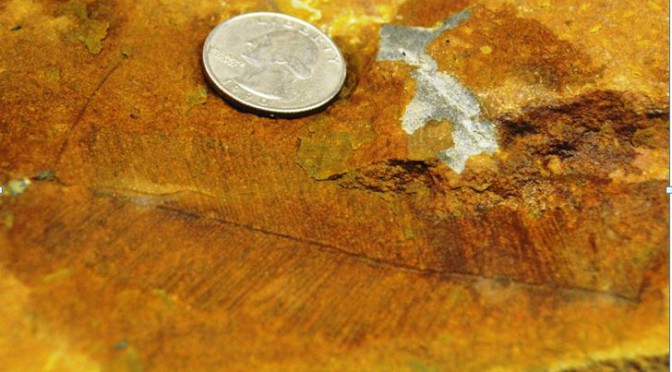Leave it to the field trip leader of the Wayne County Gem and Mineral Club, Bill Chapman, to find something new! Well, not exactly new, but certainly unusual. Plumalina plumaria were first described by Hall (1878). Yes, they look like feathers, and one might want to classify them as ferns or plants of some sort, but the latest understanding of these rather rare fossils is that they were hydroids (Muscente and Allmon, 2013). Hydroids are a class of small predators that are related to jellyfish. Dominated by soft-body parts hydroids are not well preserved in the fossil record causing extinct species to often be labeled Incertae Sedis in many fossil lists. Incertae Sedis are extinct organisms with unknown or uncertain relation to known phyla.
